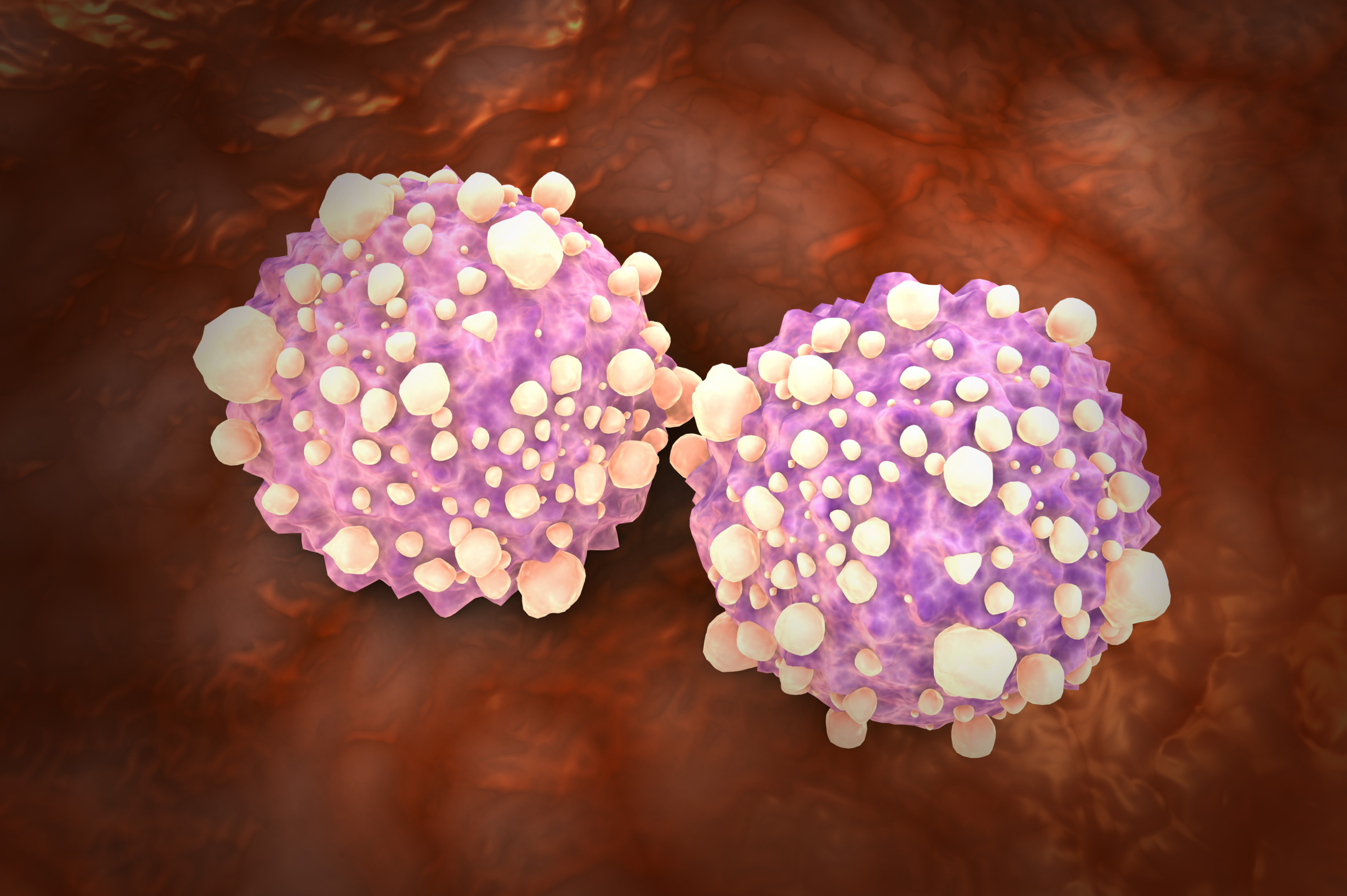Trending
The survival rate for childhood cancer has improved significantly over the years due to advances in modern-day medicine and early detection, but lifesaving treatment can be hard for Black and Hispanic children to access.
According to a new report published by the Centers For Disease Control and Prevention, childhood cancer death rates for Black and Hispanic children stopped improving after 2011. Between 2001 and 2011 declines in cancer death rates for Black, Hispanic, and white youth were similar, ranging from 15% to 17%. However, only rates for white youth continued to decline through 2021, the report published Nov. 16 noted. According to the Centers For Disease Control and Prevention, in 2021, the rate for white children was 19% to 20% lower than for Black and Hispanic children.
Dr. Sharon Castellino, a pediatric specialist at Emory University told the Associated Press, that expensive and complex cancer treatments may be to blame for the eyebrow-raising gap.
“You need at least one parent to quit their job and be there 24/7, and then figure out the situation for the rest of their children,” Castellino explained. “It’s not that families don’t want to do that. It’s difficult.”
She argued that Black and Brown families need more social workers to help them navigate the cost and time of extended cancer treatment for their children. For example, social workers can help parents file paperwork so that they can secure job protection throughout the process. She also noted that Black and Hispanic parents could use additional help to stay on top of expiration dates and policy plans to ensure that their child’s insurance doesn’t lapse.
Overall, childhood cancer rates for kids and teens between the ages of 0-19 in the United States saw a 24% decrease between 2001 and 2011, dropping from 2.75 to 2.10 per 100,000. Rates for youth between the ages of 0-9 continued to decline through 2021, according to the Centers For Disease Control and Prevention.
The report noted that Brain cancer was the most common cancer-causing death in youth in 2021, with a rate of 0.59, around 23% higher than the rate for leukemia, which was 0.48. That’s more than twice that of bone and articular cartilage cancer which had a rate of 0.25.
Brain cancer in children, like many cancers, can have multifactorial causes. Some genetic conditions can increase the risk of brain cancer in children. According to the American Cancer Society, DNA mutations can turn on cancer-causing genes called oncogenes in the body. These genes can be inherited or develop over time. High-dose radiation to the head as part of previous cancer treatment or radiation therapy can increase the risk of developing brain tumors later in life as well as exposure to certain environmental toxins or chemicals.
SEE ALSO:
Black Teen’s Cancer Treatment Soap Earns National Science Prize
Georgetown University Women’s Basketball Coach Tasha Butts Dies At 41 From Breast Cancer
The post Childhood Cancer Death Rates For Black And Hispanic Children Stopped Improving After 2011, Study Shows appeared first on NewsOne.
Childhood Cancer Death Rates For Black And Hispanic Children Stopped Improving After 2011, Study Shows was originally published on newsone.com
Rest In Power: Notable Black Folks Who We’ve Lost In 2023
Roland Martin Breaks Down Black Support For Trump, Says "Day Is Over" For Relief Checks
Toni Braxton And Birdman Set The Internet Ablaze With An Adorable Selfie
Will Smith Allegedly Got Busy With Duane Martin, According To Former Assistant
Missy Elliott’s Beautiful Mother Goes Viral
Beyoncé Dancer Laurent Of Les Twins Accused Of Fathering A Staggering 37 Children
Mississippi ‘Voter Intimidation’ By Police Reported Near HBCU, State’s Largest Polling Place In Black City
See Ciara’s Runway-Worthy Maternity Shoot That Slays To The ‘Gawds
An Urban One Brand
Copyright © 2023 Interactive One, LLC. All Rights Reserved.

